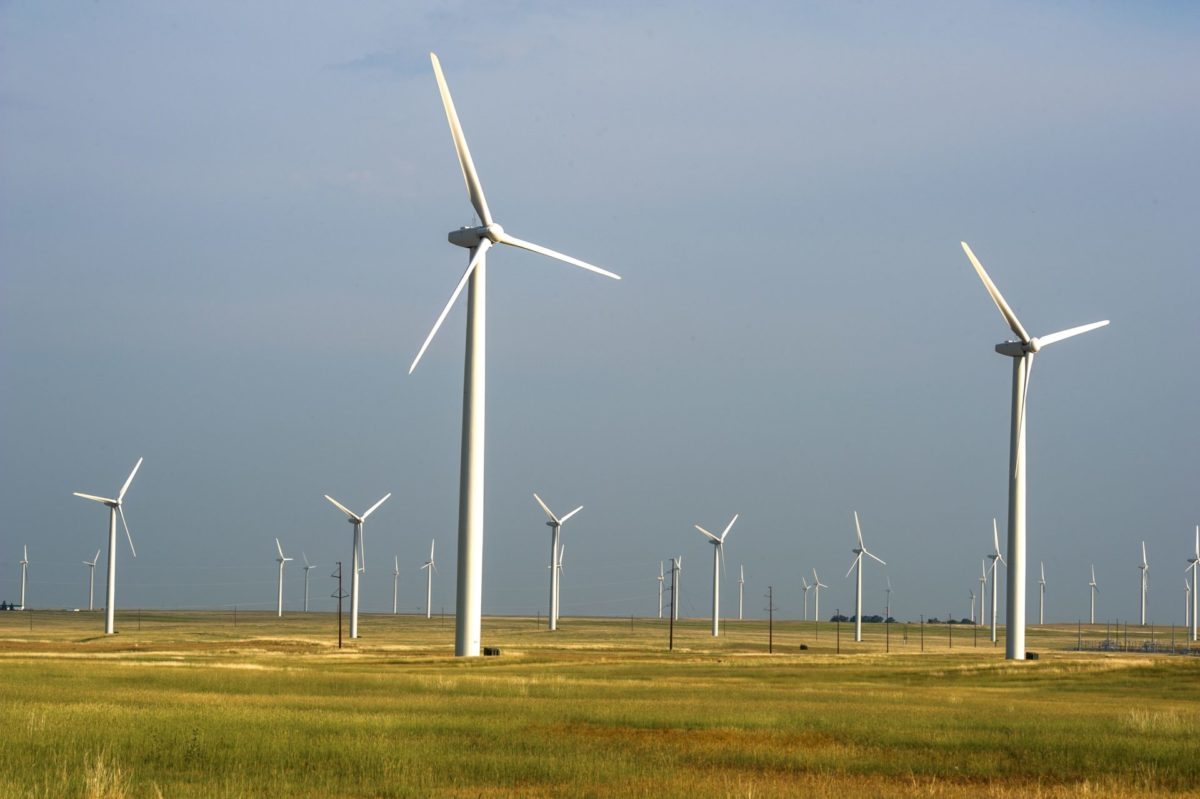
The COVID-19 crisis requires a fundamental rethinking of the path forward for climate and clean energy advocacy in the U.S. While the length and depth of the health crisis remains uncertain, it is not too early to begin imagining what the pandemic could mean for climate philanthropy. With an economic crisis already emerging, our imperative is to focus on how climate and clean energy action can support the needed recovery—building healthier, more equitable communities and creating a springboard for winning climate’s most critical decade.
Climate philanthropy’s coming work can be thought of in three phases:
- The “Response” Phase (months) is focused on responding to the health crisis and supporting the field to preserve the advocacy capacity we will need to advance and accelerate the clean energy transition. Policy progress during these early months will be modest, though there will be opportunities to enhance some clean energy programs. Key funding priorities include: remaining flexible in grantmaking; prioritizing the needs of our most impacted equity, justice, and frontline grantees; and creating rapid-response funds to speed the field’s shift to online advocacy.
- The “Recovery” Phase (years) focuses on advancing climate and clean energy action as an economic engine that serves everyone, with significant opportunities for public investment to stimulate the economy, create jobs, rebuild communities, reduce carbon, and deliver public health benefits. The clean energy sector was adding more jobs than most other parts of the economy before the crisis, and continued investment will be key to supporting America’s recovery. States and cities, which have long been the centerpiece of clean energy action, will continue to have a key role to play as the new energy economy rebounds.
- The “Renewal” Phase (decade) builds upon the economic and public support for climate action in the previous phases to renew support for steps that put the U.S. on a deep decarbonization pathway. Major new investments in clean energy and climate preparedness during the Recovery Phase will allow us to take the next logical steps to reduce emissions by shifting to clean power, electrifying nearly everything, and shift to low-carbon fuels. We can emerge from this experience a stronger country with stronger communities.
This crisis moment requires that we take initial steps to accelerate progress, even if we cannot map out the full journey to our destination. If we succeed, climate philanthropy will have responded to the current health crisis, helped the U.S. economy recover, and renewed America’s commitment to solving the long-term climate crisis.
